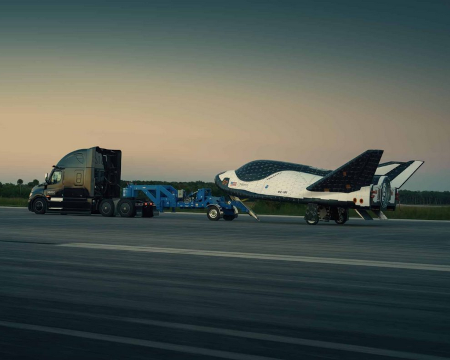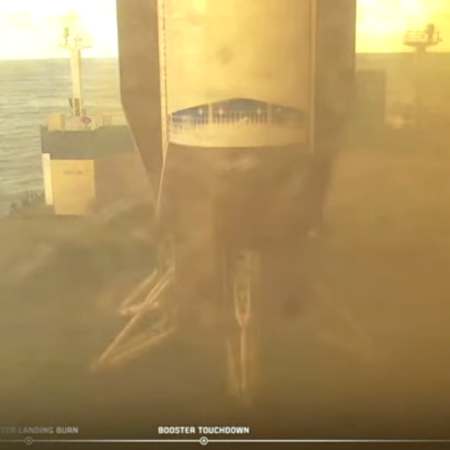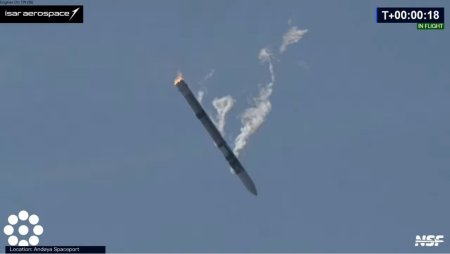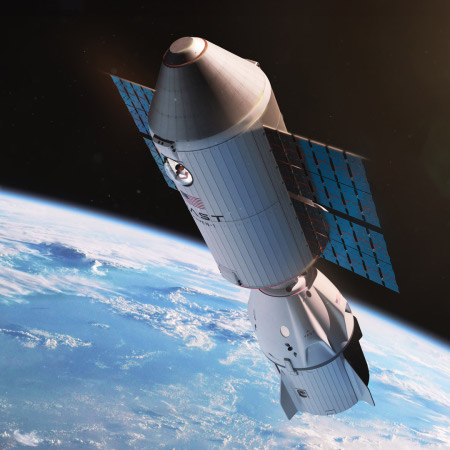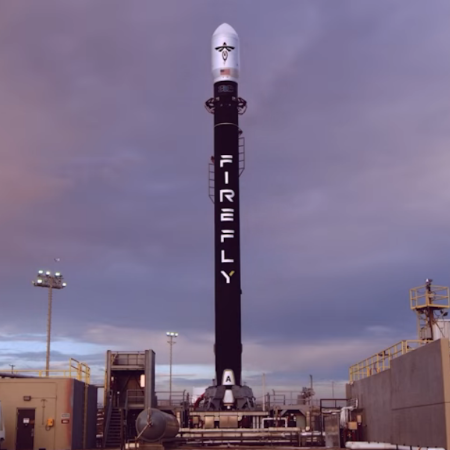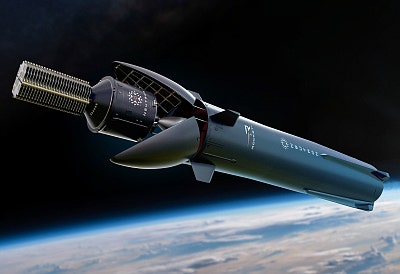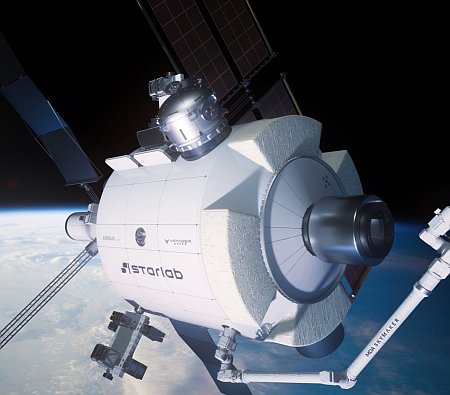Amazon renames its proposed internet constellation from Kuiper to Amazon LEO
Amazon today announced that it has renamed its proposed internet constellation from the initial internal code name “Kuiper” to “Amazon LEO, to give “a simple nod” to its location in low Earth orbit.
Our long-term mission remains the same, and we’re making good progress against it. We now operate one of the largest satellite production lines on the planet. We’ve invented some of the most advanced customer terminals ever built, including the first commercial phased array antenna to support gigabit speeds. And we now have more than 150 satellites in orbit [154 to be exact], and customers and partners like JetBlue, L3Harris, DIRECTV Latin America, Sky Brasil, and NBN Co., Australia’s National Broadband Network operator, already signing up to deploy the service.
The company’s FCC license requires it to have 1,600 satellites in orbit by July 2026. To even get close to this number the three launch companies that have Amazon launch contracts, ULA (46 launches total), Arianespace (18 launches), and Blue Origin (27 launches) have got to start launching regularly. ULA has completed three launches, and promises to do many in 2026. Arianespace says it will begin launches in 2026. Blue Origin has said nothing, but the successfully launch yesterday of New Glenn suggests it will also begin Amazon launches in 2026.
Amazon today announced that it has renamed its proposed internet constellation from the initial internal code name “Kuiper” to “Amazon LEO, to give “a simple nod” to its location in low Earth orbit.
Our long-term mission remains the same, and we’re making good progress against it. We now operate one of the largest satellite production lines on the planet. We’ve invented some of the most advanced customer terminals ever built, including the first commercial phased array antenna to support gigabit speeds. And we now have more than 150 satellites in orbit [154 to be exact], and customers and partners like JetBlue, L3Harris, DIRECTV Latin America, Sky Brasil, and NBN Co., Australia’s National Broadband Network operator, already signing up to deploy the service.
The company’s FCC license requires it to have 1,600 satellites in orbit by July 2026. To even get close to this number the three launch companies that have Amazon launch contracts, ULA (46 launches total), Arianespace (18 launches), and Blue Origin (27 launches) have got to start launching regularly. ULA has completed three launches, and promises to do many in 2026. Arianespace says it will begin launches in 2026. Blue Origin has said nothing, but the successfully launch yesterday of New Glenn suggests it will also begin Amazon launches in 2026.

